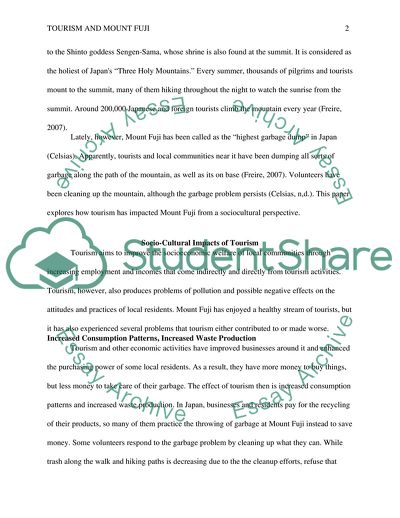Cite this document
(Tourism and Mount Fuji Case Study Example | Topics and Well Written Essays - 1750 words, n.d.)
Tourism and Mount Fuji Case Study Example | Topics and Well Written Essays - 1750 words. https://studentshare.org/tourism/1772256-analysis-of-a-contemporary-ethical-issue-in-tourism-mount-fuji
Tourism and Mount Fuji Case Study Example | Topics and Well Written Essays - 1750 words. https://studentshare.org/tourism/1772256-analysis-of-a-contemporary-ethical-issue-in-tourism-mount-fuji
(Tourism and Mount Fuji Case Study Example | Topics and Well Written Essays - 1750 Words)
Tourism and Mount Fuji Case Study Example | Topics and Well Written Essays - 1750 Words. https://studentshare.org/tourism/1772256-analysis-of-a-contemporary-ethical-issue-in-tourism-mount-fuji.
Tourism and Mount Fuji Case Study Example | Topics and Well Written Essays - 1750 Words. https://studentshare.org/tourism/1772256-analysis-of-a-contemporary-ethical-issue-in-tourism-mount-fuji.
“Tourism and Mount Fuji Case Study Example | Topics and Well Written Essays - 1750 Words”. https://studentshare.org/tourism/1772256-analysis-of-a-contemporary-ethical-issue-in-tourism-mount-fuji.


